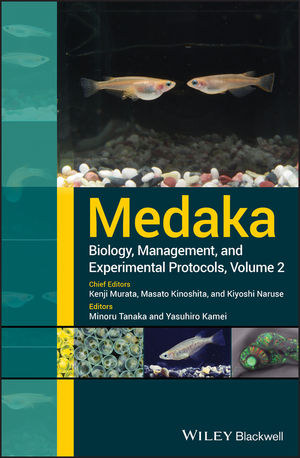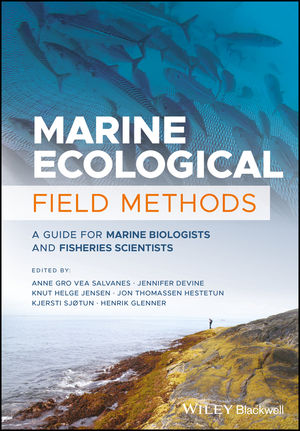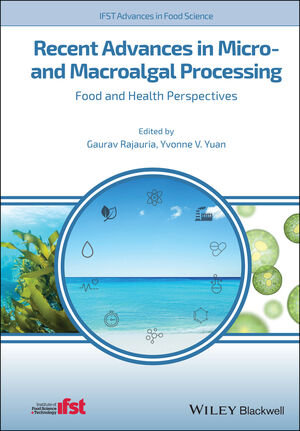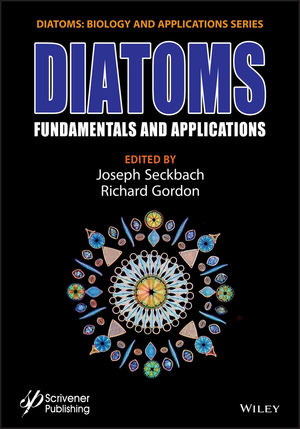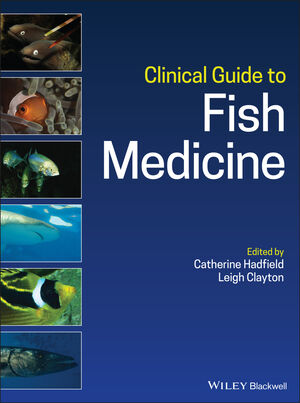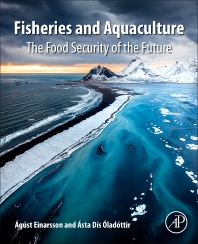
News
USDA and Bigelow Laboratory call for investment in seaweed and seagrass farming
September 17, 2024 By Aquaculture North America staff
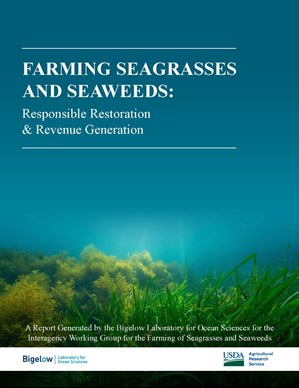 USDA and Bigelow Laboratory call for investment in seaweed and seagrass farming. (Photo: USDA)
USDA and Bigelow Laboratory call for investment in seaweed and seagrass farming. (Photo: USDA) A report from the U.S. Department of Agriculture’s Agricultural Research Service (ARS) and Bigelow Laboratory for Ocean Sciences in East Boothbay, Maine, is calling for immediate investments in new R&D in farming seaweed and seagrasses.
The report, “Farming Seagrasses and Seaweeds: Responsible Restoration and Revenue Generation,” is the culmination of three years of a collaborative effort of an Interagency Working Group and the Steering Committee, and reflects all facets of the U.S. farmed seaweed and seagrass restoration sectors, a press release from the USDA states.
It also calls for business development and financing programs for sea farmers; enhanced collaboration between sea farmers, industry, and scientists; data collection and dissemination; innovation and infrastructure improvements; and policy and regulatory modernization to accelerate the growth of this emerging and high-powered sector.
“We are seeing a small but mighty seaweed-based industry forming along the nation’s coastline, transforming working waterfronts and giving a boost of energy to already-emerging life science and blue economy clusters from Maine to Alaska and beyond,” said Nichole Price, a senior research scientist from Bigelow Laboratory and the report’s project manager.
It has input from 24 U.S. government agencies and over 1,000 stakeholders from across the U.S. and its territories, highlighting a significant increase in seaweed and seagrass research and development starting in 2000. This increase can be attributed to a significant desire by the private sector and government to spark new economic opportunities in coastal communities, increase supply chain sustainability through bio-manufacturing, and improve ocean health.
Industry leaders value seaweed as a regenerative and bio-based feedstock and the report emphasizes the value of seaweeds and seagrasses in cleaning and balancing the ocean, restoring marine habitats, removing legacy atmospheric carbon, protecting coastal property, controlling run-off pollution, and enriching voluntary carbon and nitrogen offset markets.
“Developing this report provided ARS an opportunity to work with seaweed and seagrass stakeholders that have not typically interacted with our Agency,” said Caird Rexroad, ARS national program leader for Aquaculture. “These stakeholders represent an up-and-coming industry that has tremendous potential to generate revenue and benefit the environment.”
In 2019, congress requested a comprehensive evaluation of U.S. seaweeds and seagrass farming and appointed the USDA to lead an interagency and public process to obtain the necessary information. The money to support this effort was released in 2021. USDA contracted Bigelow Laboratory, an independent and nonprofit research institute that studies global ocean health, to execute the work and help fulfill the congressional mandate.
Bigelow Laboratory’s Center for Seafood Solutions collaborated with the 42-member U.S. Government Interagency Working Group for the Research of Farming of Seaweeds and Seagrasses to gain valuable understanding of the state of the science and industry through a series of inclusive virtual listening sessions and workshops, purposeful research projects, and one-on-one meetings.
The final report is shaped by stakeholder insight, science, and facts and includes valuable perspectives from Indigenous people.
“The future of this sector is bright,” Price said. “Let’s turn this great report into action and benefit America’s coastal communities by implementing its thoughtful recommendations.”
